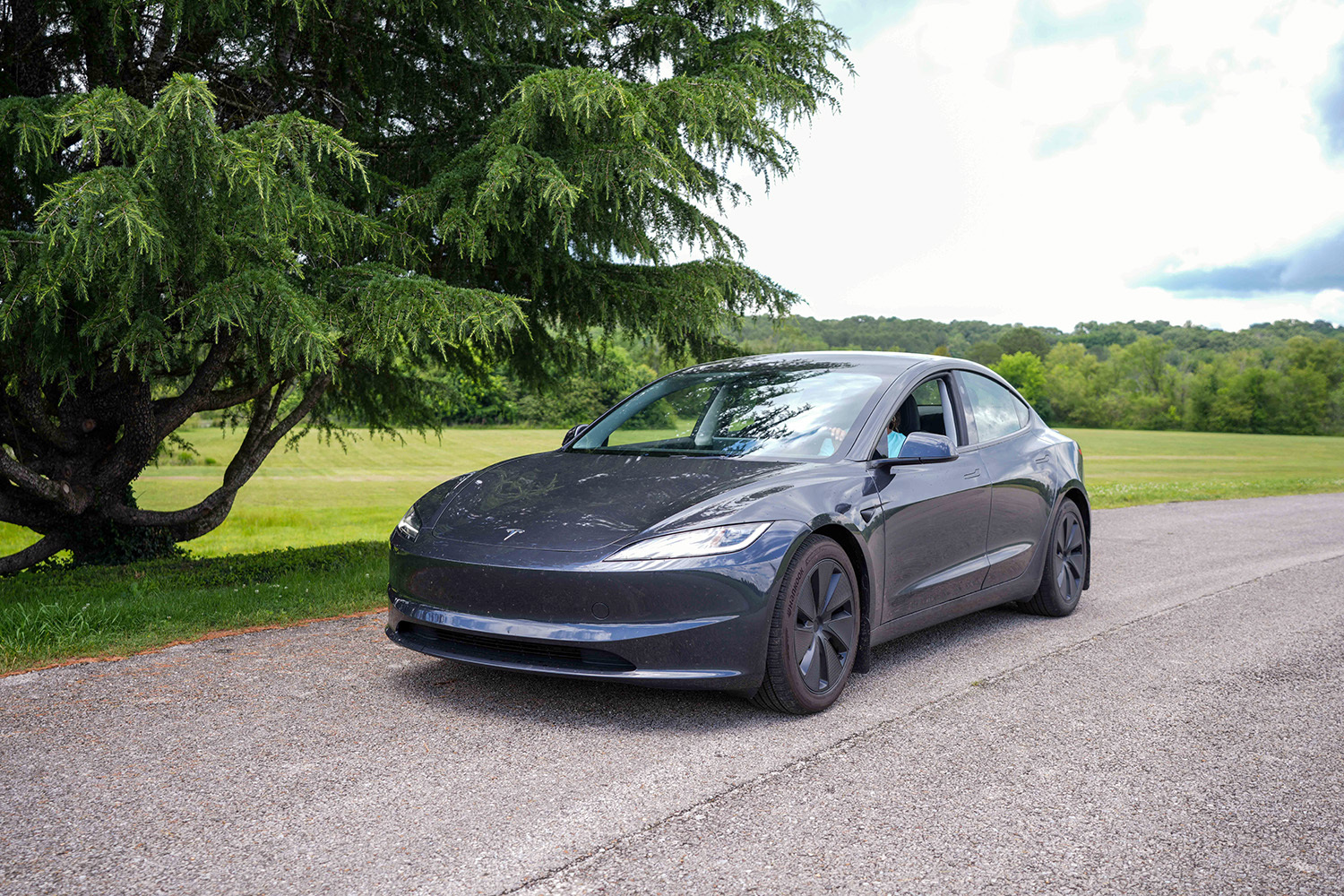Driving a Tesla is an exhilarating experience. The sleek design, innovative technology, and the joy of driving a car that’s eco-friendly can’t be overstated. However, even with all these advantages, running out of range on the road can happen for electric vehicle (EV) owners. When your Tesla runs out of range, it essentially means the battery has depleted to a point where the vehicle can no longer continue operating normally. If you find yourself in this situation, don’t panic. Here’s a step-by-step guide on what to do if your Tesla runs out of range on the road.
What happens When Your Tesla Runs Out Of Range
1. Reduced Performance and Warnings
Before your Tesla completely runs out of charge, it will give you several warnings and notifications:
- Low Battery Warning: Your Tesla will start by displaying low battery warnings on the dashboard, typically when the battery level drops below a certain threshold (e.g., 20%).
- Range Estimates: The vehicle will provide an estimate of how many miles you have left before the battery is completely drained.
- Performance Limiting: As the battery gets critically low, your Tesla may limit certain features to conserve power, such as reducing acceleration and top speed.
2. Turtle Mode
When the battery level becomes very low, your Tesla may enter a state often referred to as “turtle mode” or “limp mode.” In this mode:
- Drastic Performance Reduction: The vehicle significantly reduces power to preserve the remaining battery life, allowing you to drive at very low speeds.
- Limited Functions: Some non-essential functions might be disabled to conserve energy.
3. Complete Shutdown
If you continue driving and the battery depletes completely:
- Gradual Slowdown: The vehicle will gradually slow down until it can no longer move.
- System Shutdown: Once the battery is fully depleted, the vehicle will shut down. Essential systems like hazard lights will continue to operate for a short time using the remaining battery reserve.
4. After Shutdown – Vehicle Accessibility
When a Tesla runs out of range and the battery is fully depleted, it does not lock up in the sense of becoming inaccessible or trapping occupants inside. However, certain features and functionalities are affected.
- Inoperative Vehicle: You will not be able to start or drive the car.
- Unlocking the Car: Even when the battery is fully depleted, you should still be able to unlock the car using the key fob or the Tesla mobile app. The 12-volt auxiliary battery powers essential functions like door locks, lights, and the infotainment system for a limited time. IF your 12-volt battery is dead too, read this.
- Limited Auxiliary Power: Some auxiliary systems like hazard lights may remain functional for a while, but eventually, they will also stop working.
- Interior Access: Occupants will not be locked inside the vehicle. The doors can still be opened manually if necessary.
What to Do Next
1. Stay Calm and Assess Your Situation
The first step is to remain calm. Panic won’t help and could lead to unsafe decisions. Pull your vehicle to the shoulder or a less congested area as soon as you see that. Ensure your hazard lights are on to alert other drivers of your stationary vehicle.
2. Check Your Tesla’s Navigation App
Before taking any action, use your Tesla’s onboard systems to check for nearby charging stations such as Superchargers or destination chargers. If there’s one within a short distance, you might be able to reach it by driving conservatively (like if you still have 1 or 2 miles left if you pulled over ahead of time) or using a tow service.
3. Contact Tesla Roadside Assistance
Tesla offers Roadside Assistance services for situations just like this. You can contact them via your Tesla mobile app. Provide your location and explain your situation. Tesla Roadside Assistance can help arrange a tow to the nearest charging station or service center. It’s helpful to go through Tesla because they can make sure the tow truck is equipped to get your Tesla safely to where it needs to be. Keep in mind that towing distances and conditions may vary based on your vehicle’s warranty and service plan.
4. Use Third-Party Roadside Assistance
If Tesla Roadside Assistance is not an option or if you prefer another service, you can use third-party roadside assistance services such as AAA. Many of these services are equipped to handle electric vehicles and can tow you to the nearest charging station. Make sure you check that they have a flatbed tow truck and are experienced towing Teslas before they come.
5. Explore Mobile Charging Solutions
In some areas, there are mobile EV charging services that can come to your location and provide a quick charge. These services are growing in availability and can give you enough power to reach a nearby charging station. Research and have the contact information for such services in your region as a backup plan.
Planning for Future Trips
Running out of range is often a result of underestimating the distance to your destination or overestimating your battery’s remaining charge. To avoid this situation in the future:
- Plan your route: Use Tesla’s trip planner to ensure there are adequate charging stations along your route.
- Charge fully: Start your road trip with a full charge, especially if you’re traveling long distances.
- Monitor your range: Keep an eye on your battery level and range estimate throughout your journey.
- Use energy-saving modes: When low on charge, use the energy-saving features of your Tesla to extend your range, such as reducing speed, using chill mode, and minimizing HVAC use.
Running out of range in your Tesla can be a stressful experience, but with the right steps, you can handle the situation effectively. By staying calm, utilizing Tesla’s resources, and planning your trips carefully, you can minimize the chances of this happening and enjoy the many benefits of driving an electric vehicle. Happy driving!




